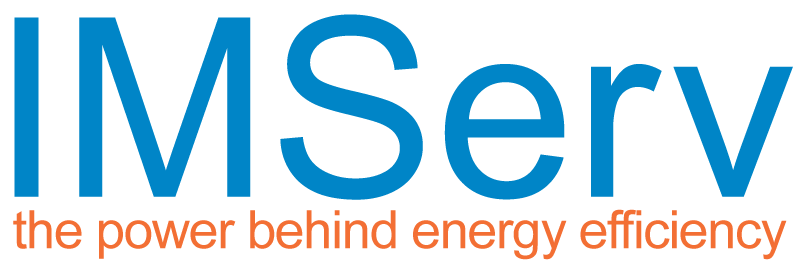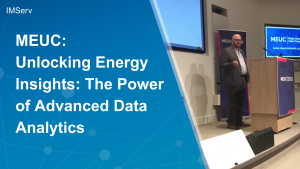A key stepping stone on the road to MHHS, P434 prepares non-half hourly unmetered
supplies metering systems for the new world of half hourly settlement.
supplies metering systems for the new world of half hourly settlement.
What is P434?
Currently, there are just under 34,000 Unmetered supply MPANs in use across the UK –
which are settled via both Non-Half Hourly and Half Hourly routes. The very nature of an
unmetered supply means that all devices, typically street lighting, are listed in an inventory
that defines the wattage and method of operation for the device, and for Non-Half Hourly
devices, grouped into 4 different categories, depending on how and at what time of the day
the device is used. The customer inventory is then split between 1-4 NHH UMS MPANs,
dependent on the category. In the new world of MHHS, there will only need to be one MPAN
across the whole portfolio, as profile class definitions become irrelevant when everything is
settled on the half hour.
The Elexon Modification P434, approved by Ofgem in December 2022, is a critical step
towards MHHS and needs to be completed before the MHHS milestone M11 in April 2025.
What do I have to do?
Suppliers should have already been working with their Unmetered Supplies Operator
(UMSO) to determine which of their MPANs should be retained, which should be retired, and
which NHH inventories need to be migrated. For larger, more structured portfolios – those
owned by larger Local Authorities or Public Sector bodies – this will be relatively
straightforward. Most of these end user Customers already appoint a Meter Administrator
directly today and have a HH UMS MPAN already.
For smaller customers, or portfolios that are under 100kW, suppliers will need to appoint a
Meter Administrator for the first time to conduct the required Change of Measurement Class
(CoMC) process, and this all needs to be carried out in plenty of time. Any supplier that has
not secured an agreement with an Unmetered Meter Administrator following the 4th of April
2024 deadline will now not be able to take on any new HH unmetered supplies, with the
accompanying requirement to have a Meter Administrator appointed.
What is the CoMC process?
The CoMC process involves moving MPANs that are allocated as NHH to a HH
measurement class. Whilst for metered supplies, this can be quite a time-consuming
process, for Unmetered Supplies it is an administrative activity which involves sending the
relevant data flow to change the registration – moving the MPAN from one measurement
class to another.
However, most customers with unmetered portfolios who have both NHH and HH MPAN’s
could choose to simply move their NHH inventory to their HH MPAN and then retire the NHH
MPAN’s from use.
The complexity arises when a smaller unmetered customer (typically parish councils or
similar) only has a legacy NHH MPAN for their supply. At that point, suppliers will need to
appoint a Meter Administrator to conduct the CoMC process.
As the industry’s leading Unmetered Supply expert, Power Data Associates, part of IMServ,
currently manages over 80% of the UK’s unmetered supply, in the HH arrangements. Our
industry experts are collaborating closely with our customers to prepare them for the new
MHHS world and deliver the requirements for P434.
currently manages over 80% of the UK’s unmetered supply, in the HH arrangements. Our
industry experts are collaborating closely with our customers to prepare them for the new
MHHS world and deliver the requirements for P434.
Elexon’s Performance Assurance Board (PAB) has recently written to suppliers to ask them
to confirm their plans to deliver on P434, and suppliers need to show how they are working
closely with their Meter Administrator to deliver compliance. Talk to us to see how we can
help you prepare your unmetered supply portfolio for the changes needed to make half
hourly settlement a reality.
Find out how we are already helping suppliers with the requirements of P434 in our
latest article here.
latest article here.



